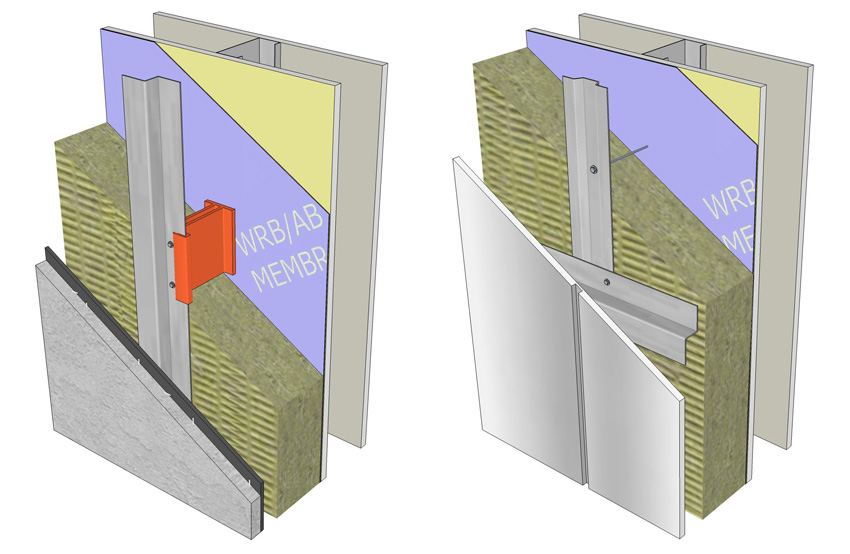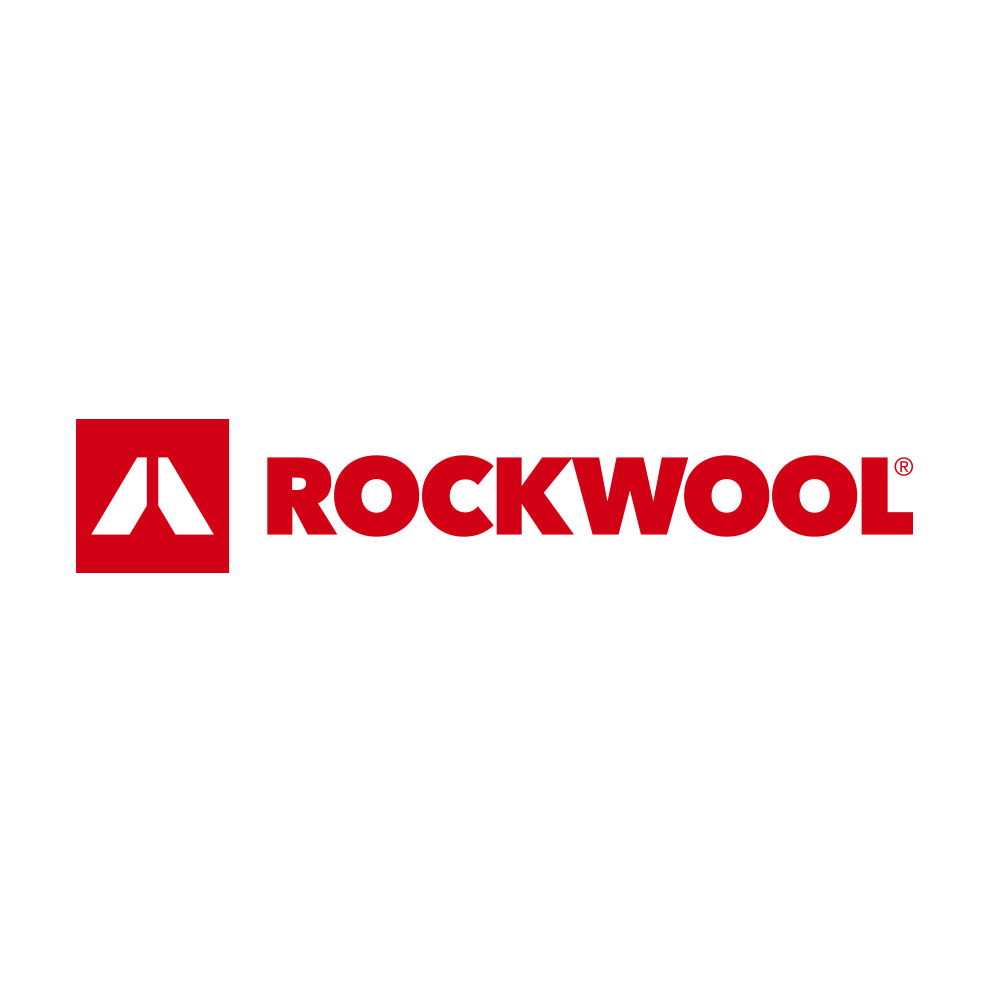Balancing Fire and Energy Code Requirements in Exterior Walls
 1 AIA LU/HSW; 0.1 IACET CEU*; 1 AIBD P-CE; AAA 1 Structured Learning Hour; This course can be self-reported to the AANB, as per their CE Guidelines; AAPEI 1 Structured Learning Hour; This course can be self-reported to the AIBC, as per their CE Guidelines.; MAA 1 Structured Learning Hour; This course can be self-reported to the NLAA.; This course can be self-reported to the NSAA; NWTAA 1 Structured Learning Hour; OAA 1 Learning Hour; SAA 1 Hour of Core Learning
1 AIA LU/HSW; 0.1 IACET CEU*; 1 AIBD P-CE; AAA 1 Structured Learning Hour; This course can be self-reported to the AANB, as per their CE Guidelines; AAPEI 1 Structured Learning Hour; This course can be self-reported to the AIBC, as per their CE Guidelines.; MAA 1 Structured Learning Hour; This course can be self-reported to the NLAA.; This course can be self-reported to the NSAA; NWTAA 1 Structured Learning Hour; OAA 1 Learning Hour; SAA 1 Hour of Core Learning
Learning Objectives:
- Identify and recognize the fundamental requirements of the International Building Code (IBC) related to noncombustible exterior walls in the code-defined types of construction.
- Assess the impact on the design of exterior walls as prescribed by the insulation requirements of the International Energy Conservation Code (IECC).
- Investigate and review the purpose, intent, and specific details of the fire-propagation testing standard known as NFPA 285.
- Explore different design options for exterior walls that are fully code compliant, safe, and energy efficient.
This course is part of the Durability Academy
Energy-Efficiency Requirements
Chapter 13 of the IBC indicates that all buildings “shall be designed and constructed in accordance with the International Energy Conservation Code.” Therefore, all of the provisions of the IECC come into play. The intent of the IECC is to “regulate the design and construction of buildings for the effective use and conservation of energy.” Note that it doesn’t regulate energy; rather, it directly regulates design and construction with some very particular requirements for exterior walls and other parts of the building enclosure in the interest of energy conservation. Those requirements vary a bit for commercial (i.e., nonresidential) buildings based on defined climate zones (numbered 1 through 8 and ranked warmest to coldest) where the building is located. Nonetheless, the two biggest requirements are for air sealing to prevent energy losses due to unwanted air infiltration and insulation to prevent heat transfer through the exterior walls beyond established levels.

Photo courtesy of iStock.com/AntonioGuillem
In addition to energy conservation, buildings that address air infiltration and proper insulation levels are more comfortable to be in.
Air sealing of buildings has received notable attention in the recent updates of the IECC. This comes from the recognition that unwanted drafts can reduce energy performance as much as, if not more than, unwanted heat loss (or gain) due to low levels of insulation. Hence there are a series of mandatory (i.e., no options except to comply) requirements for air sealing in buildings. Related to exterior walls, that includes providing an air barrier much the same as a water-resistive barrier. Indeed, some products are on the market that provide both types of barrier in a single product. That is convenient, but the specifier needs to be sure they in fact are tested and certified for both—otherwise a separate air-sealing barrier or strategy is needed. Either way, if the air barrier is noncombustible, then there should be no issue using it in an exterior wall in Type I–IV construction. If it is in fact combustible, then it falls into the same category as a combustible water-resistive barrier and will need to be tested as part of a wall assembly using the NFPA 285 standard.
Moving to insulation, the IECC has called for its use in exterior walls for some time. However recent updates to the IECC have called for more of it and in different configurations. Specifically, the latest versions include tables that establish minimum levels of insulation (based on stated R-values of the insulation) both in terms of conventional framing cavity insulation (i.e., insulation installed between metal or wood framing studs) and continuous insulation (i.e., insulation installed outside of the framing and other structural members). The move toward requiring continuous insulation has been in the interest of improving energy performance since the framing studs cause significant breaks in the insulation creating “thermal bridges” between the two sides of the wall. In metal-stud walls in particular, where the surface area of the studs in the wall is typically on the order of 20 percent or more, the effectiveness of the insulation can be reduced significantly. In fact, the IECC provides a set of correction factors that identify “effective R-values” that are a half to a third of the stated R-value of insulation by itself. The use of continuous insulation over the outside of the framing addresses this problem and can be used either as the complete insulation approach or in combination with insulation in the framing cavities.

Images courtesy of ROCKWOOL™
The IECC prescribes the use of continuous insulation outside of the framed portion of an exterior wall, while the IBC requires testing per NFPA 285 if foam plastic insulation is used. Some examples of wall assemblies that have been tested and passed by using noncombustible stone wool insulation are shown here.
Note that the IECC doesn’t dictate what products to use or prescribe specific exterior wall designs—that is the role of the design professional. It does provide the minimum R-value performance requirements that need to be incorporated into that design, however. Note too that there is a provision within the IECC that allows an alternative to show code compliance based on the overall building performance. In this case, some trade-offs may be allowed such that a reduction in wall insulation levels may be acceptable if it can be demonstrated that the building performance is made up in some other manner, such as increased insulation in the roof or foundation level. Proving that claim to a code official involves a computer analysis that can be done using free software from the United States Department of Energy known as ComCheck or by doing a full-blown computerized energy model. In any of these scenarios, however, some level of insulation will still be required in the exterior walls under the IECC.
Of course, there are many types of insulation available on the market with their own sets of characteristics, including R-value ratings per inch of thickness, material makeup, and most significantly for our purposes, combustibility. If the buildings where the insulation is being installed in the exterior walls are Types I–IV, then those walls still need to be of noncombustible construction. If the insulation used is verifiably noncombustible, whether used as continuous insulation or between the stud framing, then there is no issue. However, if the insulation is in fact combustible, particularly if it is made from combustible plastics in the form of commonly used rigid boards or spray foam, then there are some very specific concerns.
Use of Plastics
Building products made out of plastic have become widespread so the IBC has included a variety of provisions to address their safe use, primarily since most plastics are petroleum based and very combustible. Chapter 26 of the IBC is devoted entirely to plastic and provides standards addressing foam plastics, light-transmitting plastics, fiber-reinforced polymers, and wood-plastic composites. We will focus here on Section 2603, which addresses foam plastic insulation.
Because of the prevalence of foam plastic insulation and its ability to provide favorable insulation values using common construction practices, the IBC allows its use as long particular conditions are satisfied based on safety and fire concerns. So minimum requirements are set for surface-burning characteristics to limit common things like flame spread and smoke development based on the very-often-cited ASTM E 84 test for building materials. There is also a requirement that plastic insulation is separated from the interior of a building by a thermal barrier like a half-inch layer of gypsum board or equivalent approved material such as stone wool insulation. There are some exceptions to this requirement in certain circumstances, but the goal is to delay ignition of the foam plastic in case of fire and thus reduce the effects on people and property.
Section 2603.5 of the IBC specifically addresses combustible foam plastic insulation used in “exterior walls of buildings of any height” in Type I–IV construction. The first thing to notice is that the 40-foot height threshold for combustible water-resistive barriers is gone once foam plastic insulation is used—it applies to buildings of all heights. This section then goes on to list some very specific requirements similar to the general ones for all plastics just described about the material and the way it is used. Most notable, however, are two conditions that trigger a requirement for independent testing of materials and even entire wall assemblies.
- Fire-resistance rating testing: The first testing requirement comes about if the exterior wall is required to carry a fire-resistance rating (i.e., 1 hour, 2 hour, etc.). In those cases, the code requires testing following two of the most common testing standards for fire resistance. The first, ASTM E119, was developed by the independent organization ASTM International. Test E119: Standard Test Methods for Fire Tests of Building Construction and Materials is likely familiar to anyone who has written specifications for any materials that need to show fire ratings, flame spread, or smoke developed requirements. This standard is “intended to evaluate the duration for which…building elements…contain a fire, retain their structural integrity, or exhibit both properties during a predetermined test exposure.” A very similar standard known as UL 263 has also been around for some time developed by Underwriters Laboratories (UL) who are the same people who test virtually everything electrical for fire safety. In this case, UL 263 is a Standard for Fire Tests of Building Construction and Materials. Since ASTM E119 and UL 263 are so similar, the code identifies and accepts either test as evidence of performance.
In order to carry out either test, an independent laboratory is engaged (i.e., hired and paid) to follow the stated test procedure and objectively report on the results. Essentially, the independent lab receives a material or a wall assembly (submitted by product manufacturers, construction professionals, or others) and exposes it to fire in a controlled test chamber. Following the testing protocols, the effects of the fire on the test specimen are then measured and documented. If the results fall within the limits prescribed by the code, then the associated rating can be applied and the assembly used where needed in buildings. If the testing results show a rating below what is required by code, then the assembly is not approved for use.
In the case of plastic insulation, the code basically says if a fire-rated exterior wall is required, it must demonstrate successful test results based on a tested wall assembly (not just the individual materials) that includes that plastic insulation. This is important because otherwise the fire-rated wall would be found acceptable simply by virtue of using a mix of standard noncombustible materials that have each already been tested independently. Hence, the addition of combustible plastic insulation must not change the fire rating of the wall. In some cases, a standard assembly that has already been tested and documented per the ASTM or UL standards could be used if that matches the design intent of the building. Either way, it is the use of the combustible plastic insulation that triggers the need for a constructed sample of the entire wall assembly to be tested and show that it still meets the fire-resistance rating where that is required.











